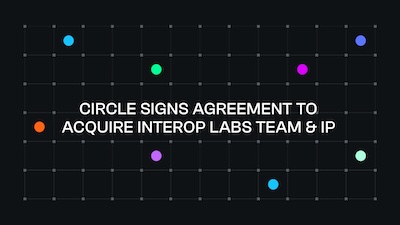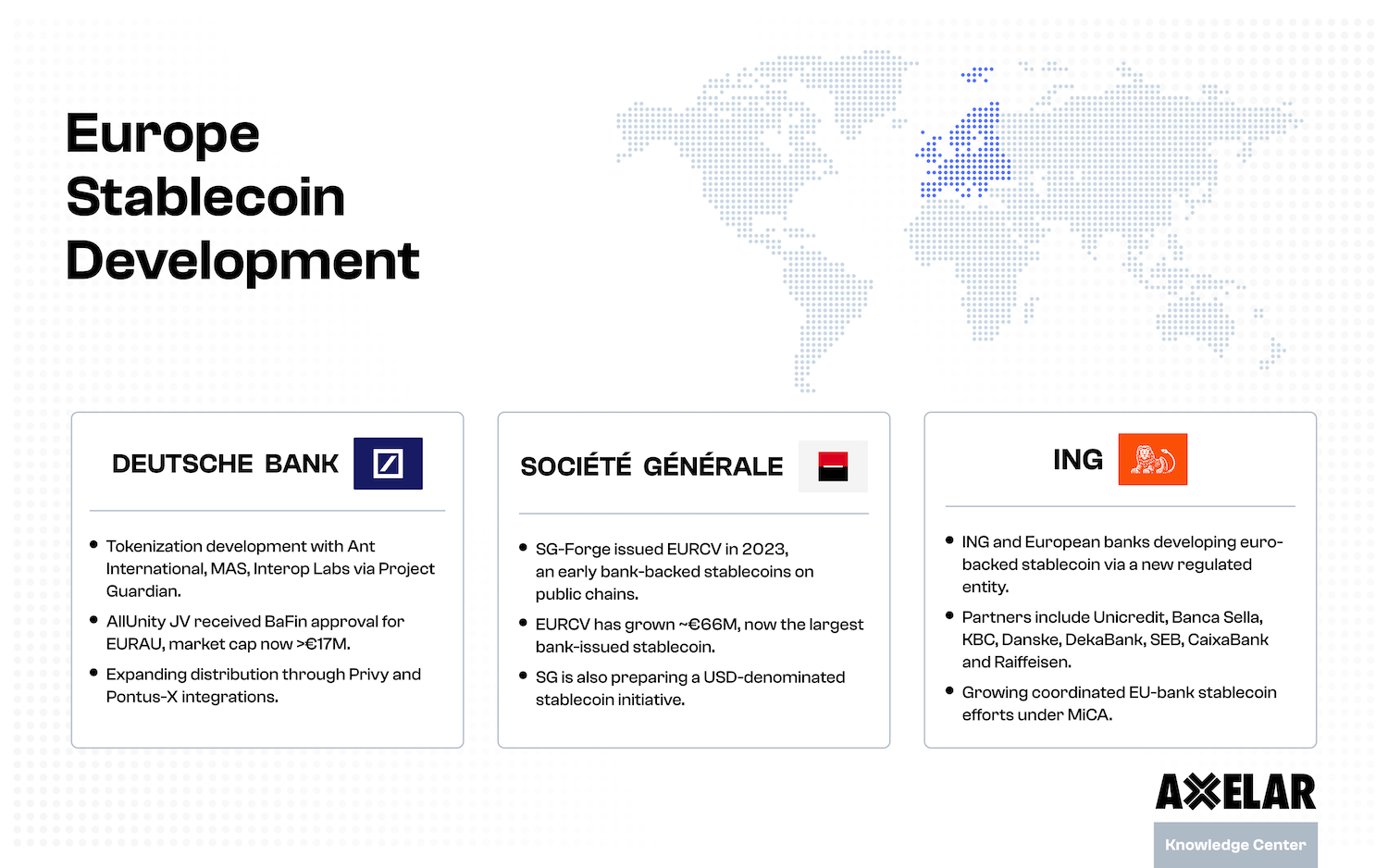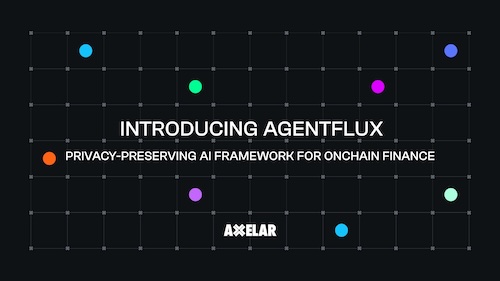These Growth Metrics are Replacing TVL in Cross-Chain
Table of Contents


As a new technology and a new approach to financial systems, blockchain already comes with a host of new metrics for gauging activity and growth. Cross-chain activity is no different.
In a Web3 ecosystem that is increasingly cross-chain, it's important to get this right. As blockchain technology makes its transition from speculative to practical uses, what cross-chain metrics do we use to measure growth and activity?
This article will cover key metrics for measuring the performance and usage of the Axelar network and the cross-chain ecosystem at large. It will show where to find these metrics on the Axelar network, and outline how the activity they measure impacts the network's performance and the economics of $AXL.
Tldr
- Cross-chain transaction count, not total value locked (TVL), is the most important metric for the Axelar network and for cross-chain activity in general.
- Secondary cross-chain metrics include: active users, connected chains, dApps deployed, transfer volume and TVL.
- All the metrics mentioned here indicate activity that drives more transactions to the network, which grows fee markets for services, such as validation provided by $AXL tokenholders.
- Data can be found on axelarscan.io (including the Axelarscan API) and on dune.com/axelarnetwork/axelar.
Primary growth metric: cross-chain transaction count
As DeFi has grown into the largest use case in cryptocurrency, total value locked (TVL) has become a consensus metric for comparing protocols. It is also often used to compare cross-chain bridges that take deposits on a source chain and issue wrapped tokens on a destination chain. But bridging is only one of the applications that can be built on top of next-generation interop protocols like Axelar. We need a higher-level metric to track all use cases.
Applications using Axelar General Message Passing (GMP) can send value, NFTs, queries or function calls cross-chain; in other words, Axelar GMP can handle arbitrary payloads. These capabilities are the infrastructure for a novel generation of cross-chain-native applications. To track all these requests, it’s important to look at total transaction count, similar to how layer-1 blockchains monitor transactions on-chain as the primary metric, and TVL as a secondary outcome.
Examples of cross-chain-native applications are growing in number:
Established DeFi applications like dYdX are also embracing a cross-chain approach to growth, launching their own dedicated app-chain and relying on interoperability infrastructure for user onramps.
Secondary cross-chain metrics to watch
Additional metrics for the Axelar network and the cross-chain ecosystem at large include:
- Number of chains integrated.
- Number of application contracts deployed. (Testnet contracts can be used as a leading indicator of upcoming activity.)
- Number of active users interacting with cross-chain applications (i.e., the number of unique addresses or wallets that send cross-chain requests via Axelar over a time period).
- Notional transfer volume (dollars) and TVL via bridging-related transfer applications.
All the metrics listed above indicate activity that drives more transactions to the Axelar network.
How does growth affect $AXL and the Axelar network?
Every time the Axelar network processes a transaction, a gas fee is paid in $AXL to the Axelar network. Blockchains typically use the following gas-fee models (or a hybrid between them):
- Distribute gas fees to the network participants [implemented today at the Axelar network].
- Burn gas fees to offset inflation or decrease supply.
Currently, tokenholders who stake $AXL receive rewards proportional to the sum of the network inflation rate + $AXL transaction gas fees (distributed across all tokenholders). So, a higher number of cross-chain transactions means more fees are distributed to the network and its tokenholders.
In an alternative model, subject to tokenholder governance, the gas fees collected by the network could be burnt. In this model, burnt gas fees would offset $AXL inflation rates. (The network should still have a fixed inflation rate to reward validators and tokenholders for their services that secure the network.) When the number of transactions is high, the network starts becoming deflationary, shrinking the total $AXL supply.
It will be up to tokenholders to determine which approach is best for the long-term health of the network. Here’s an overview of the two models, showing their impact on $AXL reward rates and supply.
Fee models and network impact
Transactions daily
Network tx fees yearly (AXL)*
Annual rewards to stakeholders, current model**
Annual inflation %, deflationary model***
2,000
146,000
13.2%
9.24%
10,000
730,000
13.3%
9.18%
100,000
7,300,000
14.3%
8.52%
500,000
36,500,000
18.4%
5.60%
1,000,000
73,000,000
23.6%
1.95%
10,000,000
730,000,000
117.5%
-63.75%
Where to find cross-chain data on the Axelar network
This Dune Analytics dashboard gives a good overview of daily users and GMP transactions, and provides an easy way to get a network snapshot at a glance. Note that it only ingests data from a small subset (currently seven) of the chains supported by Axelar (35+ at this writing), so its numbers are lower than actual.
More complete cross-chain metrics are available at Axelarscan, Axelar’s block explorer. Axelarscan is more comprehensive and user-friendly than any other cross-chain explorer available at this writing – transparency that is possible because Axelar is a blockchain that connects blockchains. Below are several important metrics, and where to find them on Axelarscan.
Transaction count
Transaction count data (”transactions”) can be found at axelarscan.io/interchain-transfers, where it is displayed cumulatively and periodically, alongside other metrics. Note the Filter button in the top right, which allows users to filter data by source chain, destination chain and time period. (For a daily time series, choose the 30d or 7d views.)

This page also displays data on notional transfer volume (dollars) by month, top chain pairs, top contracts and top user addresses.
Secondary metrics
A running count of connected chains and cross-chain contracts is displayed on the Axelarscan homepage at axelarscan.io. Network status data useful to both developers and $AXL tokenholders is displayed here, as well.

TVL
A page dedicated to total value locked (TVL) is available at axelarscan.io/tvl, showing TVL by currency, and breaking out value locked by ecosystem (Cosmos or EVM) and by specific chains. As mentioned above, TVL does not reflect activity handled via Axelar GMP, which is used by cross-chain-native applications.

Conclusion
It’s easy for certain metrics to seem inevitable. In truth, metrics used for analysis are subject to change. In finance and investing, for example, the turmoil of the past three years has called into question metrics that seemed tried-and-true: meme stocks and a decade-long bull market challenged the price-earnings ratio; the collapse of midsize banks called into question conventional wisdom about bank balance sheets.
There was a time when consensus metrics like these were works in progress, still being defined by the communities of analysts, investors and operators that use them. The entire blockchain industry is in that phase of analysis development, today, as new metrics emerge and are adopted, discarded or modified over time. (Remember stock-to-flow ratio?)
It’s early days for blockchain interoperability technology and the cross-chain activity and cross-chain applications it enables. As such, the metrics that will be useful to measure growth and activity in this area of the blockchain category are at the earliest stage of nascency.
We hope this blog post is helpful to those seeking more understanding of this dynamic space. To discuss these metrics at any time, please join the Axelar Discord server or the Axelar Community Telegram group. We look forward to the conversation.
* Today's AXL fee per cross-chain transaction is ~0.2 AXL.
** Assuming 70% staking ratio; inflation + rewards distributed to stakers; today's model.
*** Important to note that in the deflationary model, stakers still get rewards proportional to the network inflation rate.
Thanks to Ali Benslimane, Spencer Chen and Waikit Lau for providing valuable input on this article.


